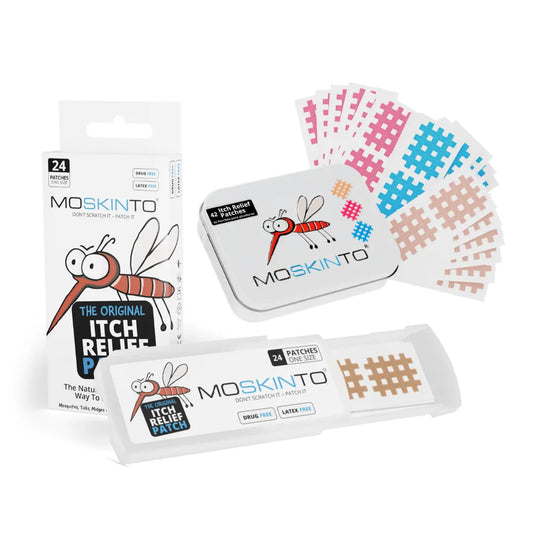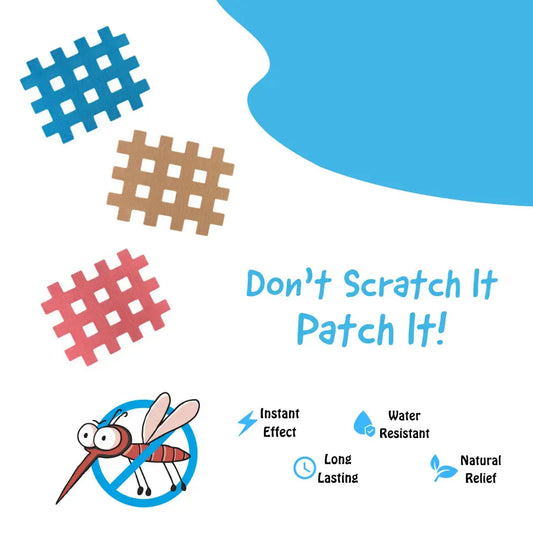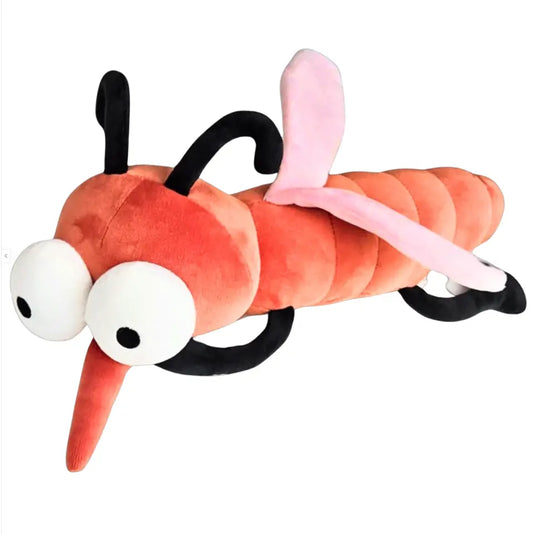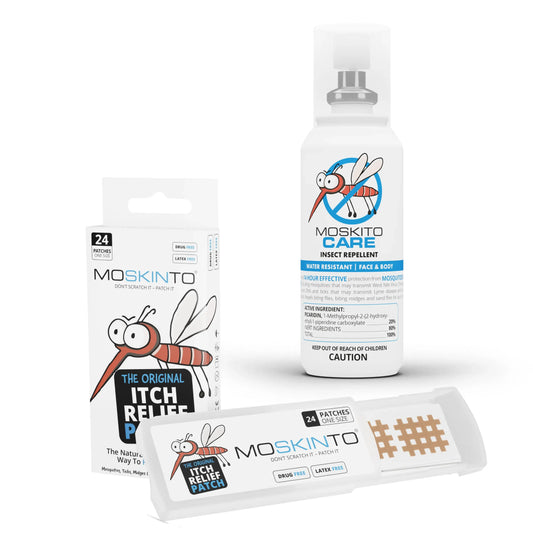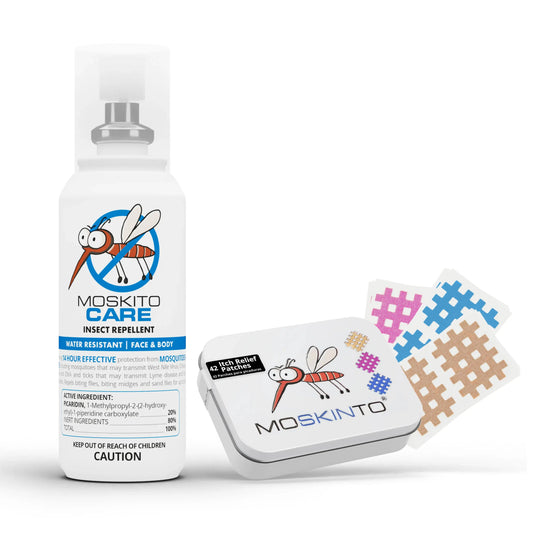The Silent Vanguard of Disease: Aedes Mosquitoes and the Dengue Menace
As stealthy as they are dangerous, the Aedes aegypti and Aedes albopictus mosquitoes are not mere backyard nuisances, but potent vectors of the debilitating dengue fever. Infamous for their distinctive black and white striped bodies, these winged assailants thrive in urban and suburban environments, bringing a once-distant threat right to our doorsteps. Between the Aedes aegypti's preference for human blood and the Aedes albopictus' adaptability to cooler climates, these species have carved niches in diverse ecosystems. Recognized by intricate patterns and aggressive daytime feeding habits, they graph a chilling map of dengue transmission across the globe. In this educational exploration, we delve into the unique characteristics and behaviors that not only differentiate these mosquitoes from their numerous cousins but also mark them as primary culprits in the spread of dengue fever-a reminder that understanding our enemy is the first step towards effective defense.
Understanding Dengue Fever Symptoms
Dengue fever is a mosquito-borne illness that can cause a wide range of symptoms, some mild but others potentially life-threatening. Recognizing the signs and phases of the disease is crucial for early detection and treatment. Let's delve into the common symptoms and the progression of dengue fever.
Common Symptoms and Progression of the Disease
The initial symptoms of dengue can be mild and are often mistaken for those of the flu. They typically begin four to ten days after a bite from an infected mosquito and may include:
- High fever
- Intense headache
- Pain behind the eyes
- Muscle and joint pains
- Nausea and vomiting
- Swollen glands
- Rash
The Febrile Phase and Critical Phase of Dengue
The febrile phase typically involves a high fever lasting 2-7 days. During this time, patients may experience the symptoms listed above. It is crucial to monitor the illness's progression as it can transition to the critical phase - a period when the fever starts to subside but the risk of more severe complications increases.
Recognition of Severe Dengue Symptoms
As the body fights off the virus, warning signs of severe dengue can develop, warranting immediate medical attention. These symptoms include:
- Abdominal pain or tenderness
- Persistent vomiting
- Rapid breathing
- Bleeding gums or nose bleeds
- Fatigue and restlessness
- Blood in vomit or stool
Severe dengue is a medical emergency, and patients should be taken to the hospital for urgent treatment to manage potential complications like dengue hemorrhagic fever or dengue shock syndrome.
The Influence of Climate Change on Mosquito Proliferation
Climate change is playing a significant role in altering the environment in ways that bolster mosquito populations. As a consequence, these changes have a profound impact on the spread of mosquito-borne diseases such as dengue fever. Understanding these connections is crucial for predicting outbreaks and implementing measures to protect public health.
Rising temperatures and mosquito breeding patterns
One of the most critical factors is the increase in global temperatures. Mosquitoes thrive in warm environments, with higher temperatures accelerating their lifecycle from larvae to adult. This speed up means not only more mosquitoes but also a faster transmission of diseases like dengue fever. As a result, warmer climates can lead to longer mosquito breeding seasons and the expansion of mosquitoes into new areas where they previously could not survive.
Changes in seasonal rainfall and the effect on mosquito habitats
Rainfall patterns are equally important when considering the proliferation of mosquitoes. Altered seasonal rainfall due to climate change can create new standing water habitats - ideal breeding grounds for mosquitoes. In some regions, increased rainfall is leading to persistent wet conditions, while in others, droughts are causing shortages of natural water, leading people to store water in containers, and inadvertently creating mosquito habitats. Both scenarios might contribute to a surge in the mosquito population and therefore a rise in the risk of dengue transmission.
- Intensified rainfall can lead to more stagnant pools of water, which serve as perfect breeding sites for mosquitoes.
- Conversely, when droughts prompt water storage, these anthropogenic reservoirs become new urban breeding grounds.
It is clear that the interplay between climate change and mosquito behavior is complex, but it is undeniable that the changes occurring within our climate are shaping the patterns and potential for dengue outbreaks worldwide.
Strategies to Prevent Mosquito Bites
Preventing mosquito bites is crucial in the fight against dengue fever. By taking proactive measures, individuals and communities can reduce their risk of being bitten by mosquitoes, interrupting the transmission cycle of the dengue virus. Here, we outline effective strategies to protect yourself and help safeguard your community from mosquito bites.
Personal Protection Against Mosquitoes
- Use mosquito repellent: Apply EPA-registered insect repellents containing DEET, picaridin, IR3535, or oil of lemon eucalyptus on exposed skin following the product's instructions.
- Wear protective clothing: Dress in long-sleeved shirts, long pants, and socks, especially during peak mosquito activity times such as dawn and dusk
- Avoid peak exposure times: Limit outdoor activities when mosquitoes are most active, typically at dawn and dusk.
Community Initiatives for Reducing the Risk of Bites
- Remove standing water: Clear your surroundings of stagnant water, as it serves as a breeding ground for mosquitoes. This includes flowerpots, gutters, and used tires.
- Cover water storage containers: Ensure that water storage containers are well-covered to prevent mosquitoes from laying eggs.
- Mosquito control programs: Support local initiatives that focus on mosquito control measures, such as larvicide and fogging in high-risk areas.
The Importance of Public Awareness and Education
Educating the public about the risks and prevention of dengue is crucial for community health. Knowledge about how to avoid mosquito bites and the importance of reducing mosquito breeding sites can significantly decrease the incidence of dengue fever. Collaboration between public health officials, community leaders, and the general public is essential to effectively communicate and implement these strategies.
Treatment and Management of Dengue Fever
Dengue fever, caused by mosquito bites, can lead to a wide spectrum of symptoms and potential complications. While there is no specific treatment for dengue fever itself, appropriate management is crucial for patient recovery. The following outlines the supportive care and measures taken to treat and manage dengue fever effectively.
Supportive Care Practices for Dengue Patients
Supportive care is fundamental for those suffering from dengue fever. This includes:
- Hydration: Maintaining adequate fluid balance is essential to prevent dehydration.
- Analgesics: Medications such as acetaminophen are recommended to alleviate pain and reduce fever, avoiding aspirin due to the risk of bleeding.
- Rest: Sufficient rest aids in the body's healing process.
Monitoring and Treating Severe Dengue Complications
Severe dengue, also known as dengue hemorrhagic fever, can be life-threatening and requires immediate medical intervention. Healthcare providers focus on:
- Close Monitoring: Constant observation of vital signs and blood work is imperative to detect and respond to any complications early.
- Blood Transfusions: In cases of significant blood loss, transfusions may be necessary.
- Platelet Transfusions: These may be required if the patient's platelet count drops critically low.
Combating Dengue Together: A Collective Endeavor
In our exploration of the complexities of mosquitoes causing dengue fever, we have shed light on the intricate biology of mosquitoes and the pivotal role they play in the transmission of this debilitating disease. By delving into the lifecycle of these pests and understanding the symptoms and treatment of dengue fever, we are equipped with the knowledge to better safeguard ourselves and our communities.
The fight against dengue is not an isolated one-collective responsibility plays a paramount part in curtailing the spread of this virus. From individual actions like eliminating standing water to community-wide efforts such as vigilant monitoring and reporting, each step is vital in building a robust defense against dengue.
We must remain steadfast in our educational efforts, keeping abreast of the advances in vaccine research while supporting public health strategies. By pooling our resources and working in unison, we make strides towards a future where the threat of dengue fever is diminished, and our global health is secured.
